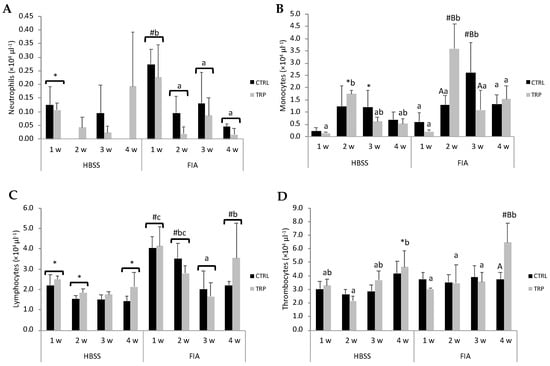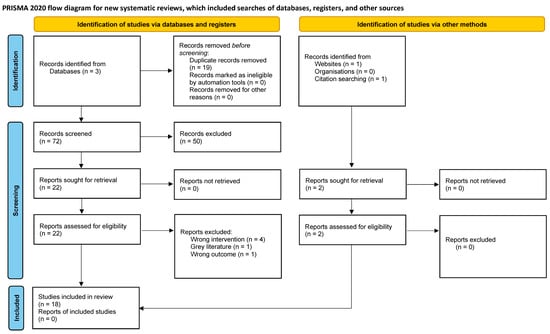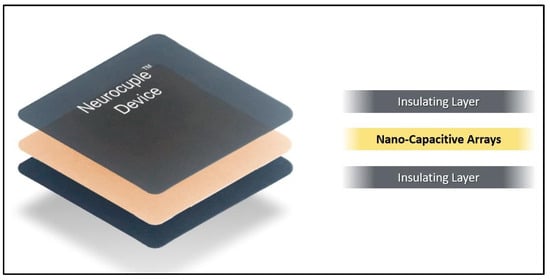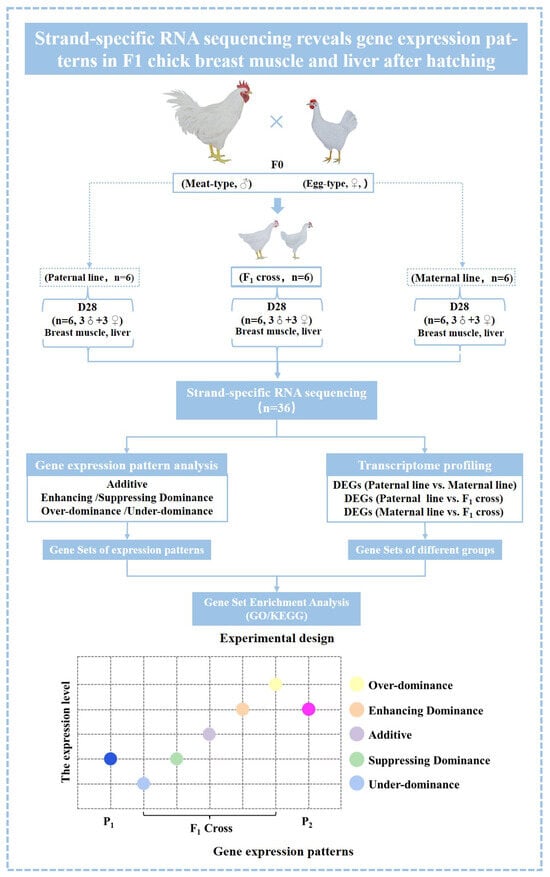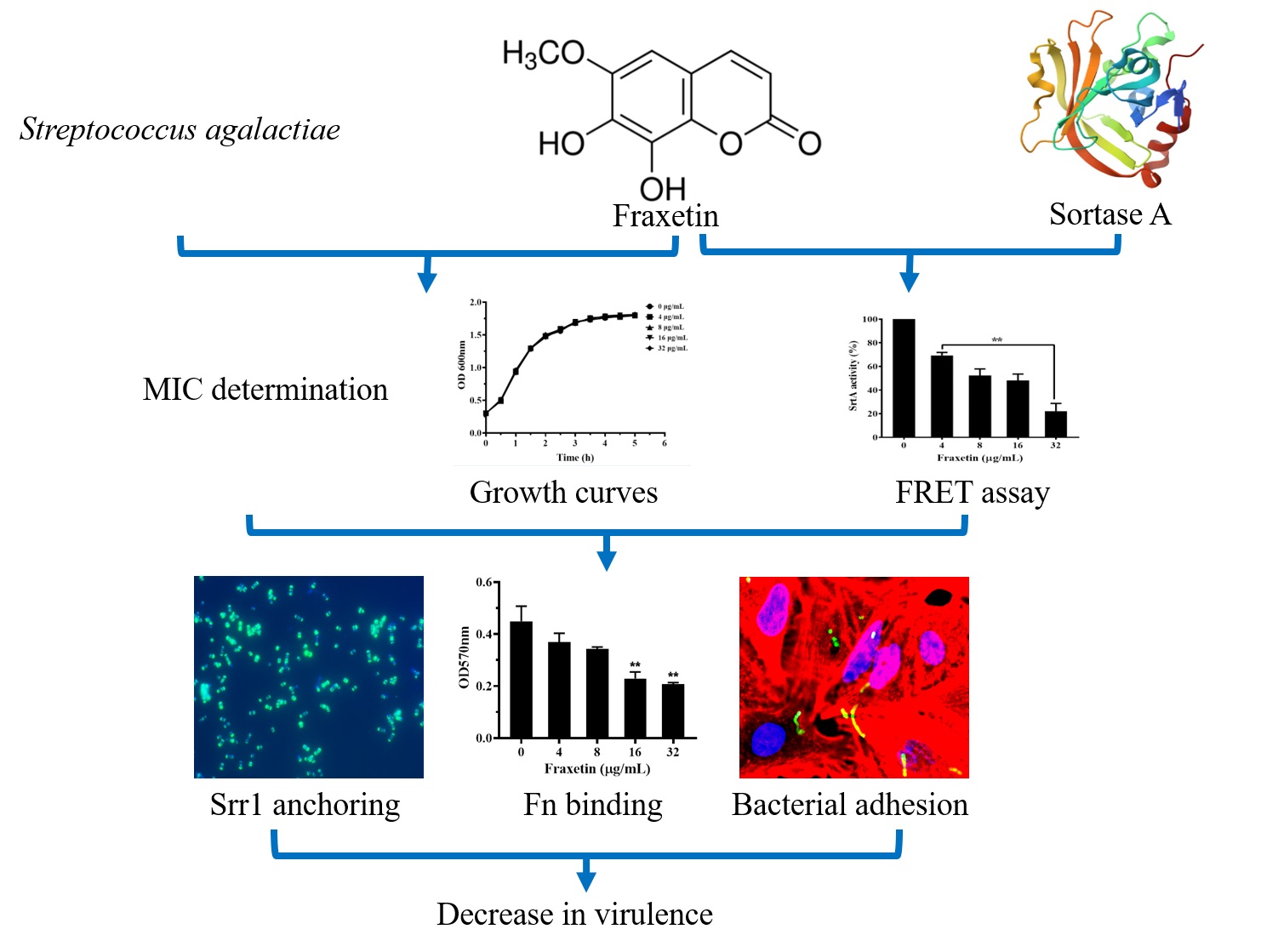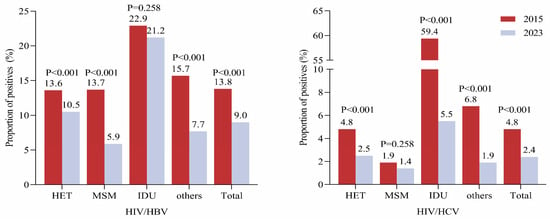Introduction: In the context of the current opioid crisis, non-pharmacologic approaches to pain management have been considered important alternatives to the use of opioids or analgesics. Advancements in nano and quantum technology have led to the development of several nanotransporters, including nanoparticles, micelles, quantum dots, liposomes, nanofibers, and nano-scaffolds. These modes of nanotransporters have led to the development of new drug formulations. In pain medicine, new liposome formulations led to the development of DepoFoam™ introduced by Pacira Pharmaceutical, Inc. (Parsippany, NJ, USA). This formulation is the base of DepoDur™, which comprises a combination of liposomes and extended-release morphine, and Exparel™, which comprises a combination of liposomes and extended-release bupivacaine. In 2021, Heron Therapeutics (San Diego, CA, USA) created Zynrelef™, a mixture of bupivacaine and meloxicam. Advancements in nanotechnology have led to the development of devices/patches containing millions of nanocapacitors. Data suggest that these nanotechnology-based devices/patches reduce acute and chronic pain.
Methods: Google and PubMed searches were conducted to identify studies, case reports, and reviews of medical nanotechnology applications with a special focus on acute and chronic pain. This search was based on the use of keywords like nanotechnology, nano and quantum technology, nanoparticles, micelles, quantum dots, liposomes, nanofibers, nano-scaffolds, acute and chronic pain, and analgesics. This review focuses on the role of nanotechnology in acute and chronic pain.
Results: (1) Nanotechnology-based transporters. DepoDur™, administered epidurally in 15, 20, or 25 mg single doses, has been demonstrated to produce significant analgesia lasting up to 48 h. Exparel™ is infiltrated at the surgical site at the recommended dose of 106 mg for bunionectomy, 266 mg for hemorrhoidectomy, 133 mg for shoulder surgery, and 266 mg for total knee arthroplasty (TKA). Exparel™ is also approved for peripheral nerve blocks, including interscalene, sciatic at the popliteal fossa, and adductor canal blocks. The injection of Exparel™ is usually preceded by an injection of plain bupivacaine to initiate analgesia before bupivacaine is released in enough quantity from the depofoarm to be pharmacodynamically effective. Finally, Zynrelef™ is applied at the surgical site during closure. It was initially approved for open inguinal hernia, abdominal surgery requiring a small-to-medium incision, foot surgery, and TKA. (2) Nanotechnology-based devices/patches. Two studies support the use of nanocapacitor-based devices/patches for the management of acute and chronic pain. A randomized study conducted on patients undergoing unilateral primary total knee (TKA) and total hip arthroplasty (THA) provided insight into the potential value of nanocapacitor-based technology for the control of postoperative acute pain. The results were based on 2 studies, one observational and one randomized. The observational study was conducted in 128 patients experiencing chronic pain for at least one year. This study suggested that compared to baseline, the application of a nanocapacitor-based Kailo™ pain relief patch on the pain site for 30 days led to a time-dependent decrease in pain and analgesic use and an increase in well-being. The randomized study compared the effects of standard of care treatment to those of the same standard of care approach plus the use of two nanocapacitor-based device/patches (NeuroCuple™ device) placed in the recovery room and kept in place for three days. The study demonstrated that the use of the two NeuroCuple™ devices was associated with a 41% reduction in pain at rest and a 52% decrease in the number of opioid refills requested by patients over the first 30 days after discharge from the hospital.
Discussion: For the management of pain, the use of nano-based technology has led to the development of nano transporters, especially focus on the use of liposome and nanocapacitors. The use of liposome led to the development of DepoDur™, bupivacaine Exparel™ and a mixture of bupivacaine and meloxicam (Zynrelef™) and more recently lidocaine liposome formulation. In these cases, the technology is used to prolong the duration of action of drugs included in the preparation. Another indication of nanotechnology is the development of nanocapacitor device or patches. Although, data obtained with the use of nanocapacitors are still limited, evidence suggests that the use of nanocapacitors devices/patches may be interesting for the treatment of both acute and chronic pain, since the studies conducted with the NeuroCuple™ device and the based Kailo™ pain relief patch were not placebo-controlled, it is clear that additional placebo studies are required to confirm these preliminary results. Therefore, the development of a placebo devices/patches is necessary.
Conclusions: Increasing evidence supports the concept that nanotechnology may represent a valuable tool as a drug transporter including liposomes and as a nanocapacitor-based device/patch to reduce or even eliminate the use of opioids in surgical patients. However, more studies are required to confirm this concept, especially with the use of nanotechnology incorporated in devices/patches.
Full article
 IJMS
IMPACT
IJMS
IMPACT Applied Sciences
IMPACT
Applied Sciences
IMPACT Sustainability
IMPACT
Sustainability
IMPACT Sensors
IMPACT
Sensors
IMPACT JCM
IMPACT
JCM
IMPACT Energies
IMPACT
Energies
IMPACT Molecules
IMPACT
Molecules
IMPACT Materials
IMPACT
Materials
IMPACT Remote Sensing
IMPACT
Remote Sensing
IMPACT Cancers
IMPACT
Cancers
IMPACT Electronics
IMPACT
Electronics
IMPACT Mathematics
IMPACT
Mathematics
IMPACT Foods
IMPACT
Foods
IMPACT Buildings
IMPACT
Buildings
IMPACT Plants
IMPACT
Plants
IMPACT Nutrients
IMPACT
Nutrients
IMPACT Animals
IMPACT
Animals
IMPACT Polymers
IMPACT
Polymers
IMPACT Water
IMPACT
Water
IMPACT Diagnostics
IMPACT
Diagnostics
IMPACT Biomedicines
IMPACT
Biomedicines
IMPACT Agronomy
IMPACT
Agronomy
IMPACT Microorganisms
IMPACT
Microorganisms
IMPACT Processes
IMPACT
Processes
IMPACT Healthcare
IMPACT
Healthcare
IMPACT Forests
IMPACT
Forests
IMPACT Cells
IMPACT
Cells
IMPACT JMSE
IMPACT
JMSE
IMPACT Medicina
IMPACT
Medicina
IMPACT Viruses
IMPACT
Viruses
IMPACT Agriculture
IMPACT
Agriculture
IMPACT Nanomaterials
IMPACT
Nanomaterials
IMPACT IJERPH
IJERPH
 Land
IMPACT
Land
IMPACT Pharmaceutics
IMPACT
Pharmaceutics
IMPACT Pharmaceuticals
IMPACT
Pharmaceuticals
IMPACT Religions
IMPACT
Religions
IMPACT Biomolecules
IMPACT
Biomolecules
IMPACT Life
IMPACT
Life
IMPACT Micromachines
IMPACT
Micromachines
IMPACT Atmosphere
IMPACT
Atmosphere
IMPACT Antioxidants
IMPACT
Antioxidants
IMPACT Genes
IMPACT
Genes
IMPACT Metals
IMPACT
Metals
IMPACT Symmetry
IMPACT
Symmetry
IMPACT Children
IMPACT
Children
IMPACT Coatings
IMPACT
Coatings
IMPACT Vaccines
IMPACT
Vaccines
IMPACT Horticulturae
IMPACT
Horticulturae
IMPACT Education Sciences
IMPACT
Education Sciences
IMPACT Minerals
IMPACT
Minerals
IMPACT Brain Sciences
IMPACT
Brain Sciences
IMPACT JPM
IMPACT
JPM
IMPACT Bioengineering
IMPACT
Bioengineering
IMPACT




